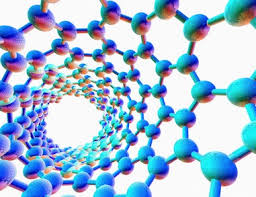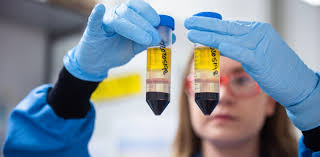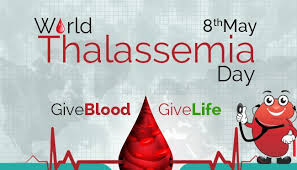Nanotechnology has been one of the fastest-growing fields of science and technology in recent decades, and its medical applications are still expanding. The goal of nanotechnology is to manipulate materials at the atomic and molecular level. This allows for the creation of microscopic materials and devices, enabling them to have a significant impact. The medical applications of nanotechnology further strengthen its role in the future of medicine.
The use of nanotechnology in medicine is not only related to the treatment and diagnosis of diseases but also leads to significant advancements in the development of various medical devices, the establishment of health monitoring systems, and the improvement of recovery processes. In recent years, nanotechnology has made treatment processes safer and more efficient by enabling targeted drug delivery to specific areas of the body. Moreover, this technology has opened new horizons in the treatment of many diseases that were previously untreatable. For example, in life-threatening diseases like cancer, one of the key innovations of nanotechnology is the precise targeting of drugs to the right locations, minimizing side effects.
Nanotechnology also causes revolutionary changes in various fields of medicine by combining biotechnology, materials science, engineering, and electronics. Devices capable of entering the body’s internal structures are being developed using nanorobots and nanomaterials. This allows for more accurate diagnoses and the rapid implementation of treatment methods. At the same time, the use of nanomaterials results in medical instruments that are lighter, smaller, and more functional.
The medical applications of this field are not limited to improving treatment methods but also have great potential in reducing healthcare costs and making systems more efficient. Ongoing research into the application of nanotechnology in medicine shows promising results, indicating that it will play a central role in the future development of medicine. However, questions remain regarding safety, biocompatibility, ethical issues, and the impact of nanomaterials on the human body.
Overall, nanotechnology holds great potential in the future of medicine, and advancements in this field will open new horizons in the treatment of diseases, diagnosis, and the delivery of healthcare services.
Innovative Applications of Nanotechnology in the Medical Industry
Nanotechnology, as a field focused on manipulating materials at the atomic and molecular levels, has introduced revolutionary innovations in medical applications. Nanoparticles have led to significant advancements in drug delivery, disease diagnosis, and cell repair. In this article, we will look at some of the most innovative applications of nanotechnology in the medical industry and its future development prospects.
One of the most widespread uses of nanoparticles in medicine is drug delivery. This technology ensures that drugs are delivered more precisely and rapidly to the required locations. Nanoparticles guide the drug in the form of micro-particles, increasing its effectiveness by targeting specific areas of the body.
Nanotechnology in Cancer Treatment
Nanotechnology has led to major breakthroughs, especially in cancer treatment. Nanoparticles are used to target cancer cells and deliver drugs specifically to these cells. Nanoparticles customized to the biomarkers present on cancer cell surfaces send chemotherapy drugs directly to cancer cells, sparing healthy cells from damage. Nanomaterials also enhance the resistance of cancer cells to radiation and chemotherapy, making treatments less harmful and more effective.
Nanorobots are also one of the most promising future applications of nanotechnology in medicine. These nanorobots perform micro-surgeries within the body’s internal structures and are used in both surgery and drug delivery.
Nanotechnology has created a significant revolution in medicine in recent years, and it is expected to pave the way for further advancements in the future. This technology directs the future of medicine by making drug delivery, disease diagnosis, and cell and tissue repair more effective and safer. The use of nanomaterials and nanorobots in medical applications will enable faster, less invasive treatment compared to traditional methods.
One of the main advantages of nanotechnology in medicine is the precise and targeted delivery of drugs. In cancer treatment, the use of nanomaterials ensures that chemotherapy drugs are delivered only to cancer cells, helping to protect healthy tissues. This means fewer side effects and higher effectiveness. Furthermore, with the help of nanorobots, we can expect an increase in the number of minimally invasive surgeries in the future, allowing patients to recover more quickly.
The development of nanodiagnostic technologies will ensure the early detection of diseases, particularly enabling timely intervention in the treatment of cancer and other serious diseases. Nanomaterials also stimulate the body’s natural repair processes, aiding in the regeneration of organs and supporting longer, healthier lives.
Despite these promising developments, there are still concerns regarding the safety, biological compatibility, and ethical implications of nanotechnology in medicine. Moreover, the commercialization and widespread use of this technology in medicine require the development of regulatory frameworks and ethical guidelines. Additional scientific research and studies are necessary to fully realize the potential of this technology.
Nanotechnology will play a crucial role in the future of medicine, ensuring that healthcare services are more accessible and available, thus improving the health of the global population.
Madina Mammadova//EDnews










